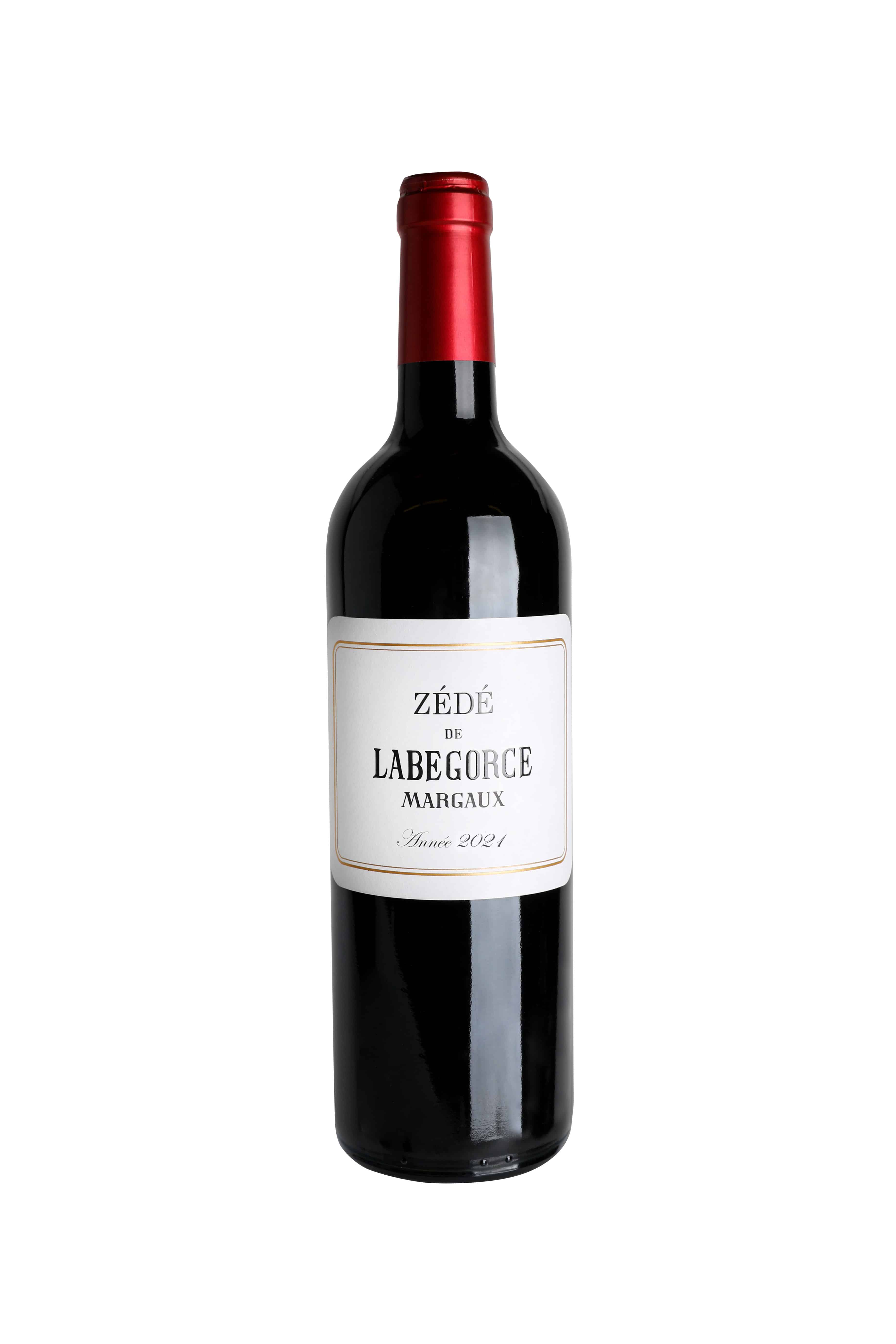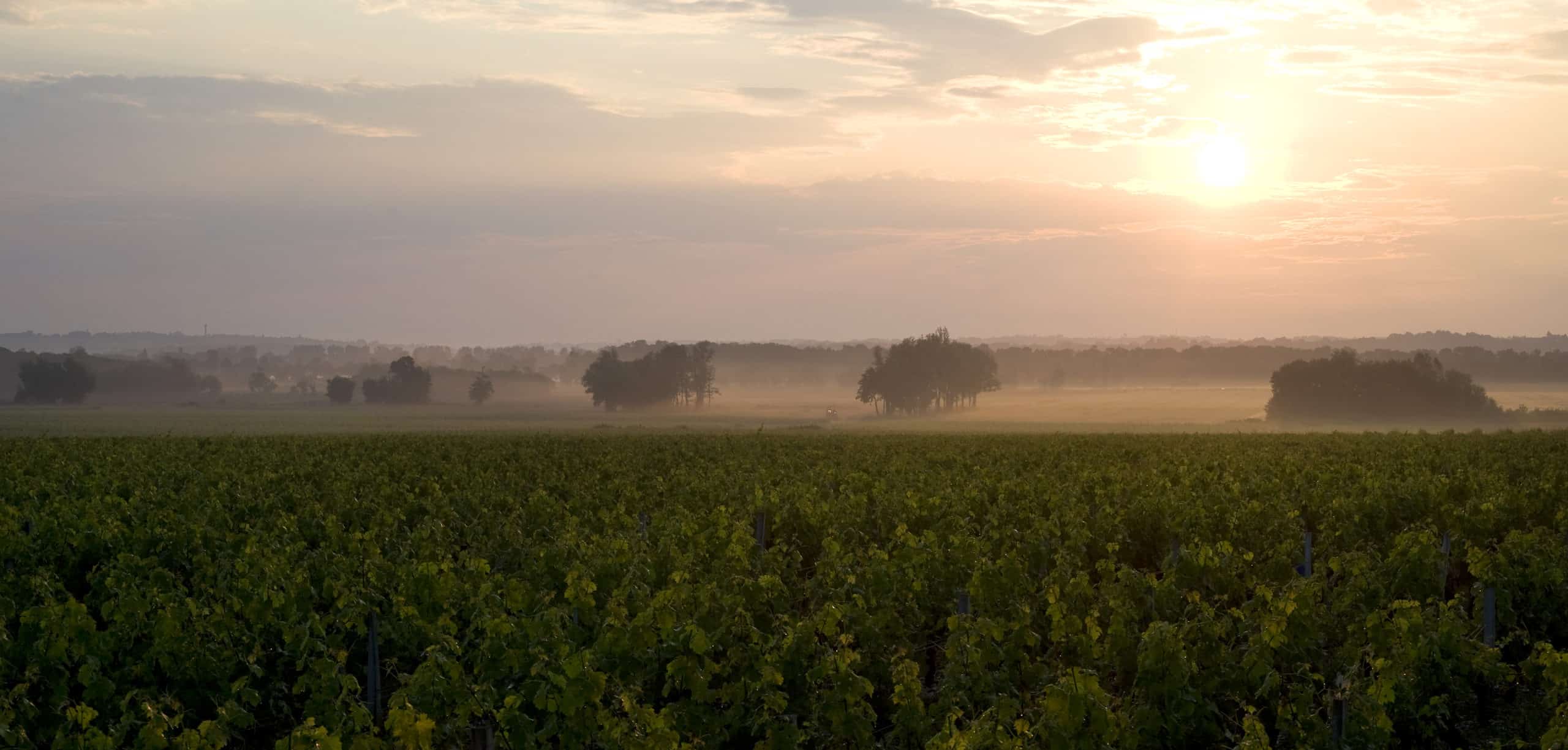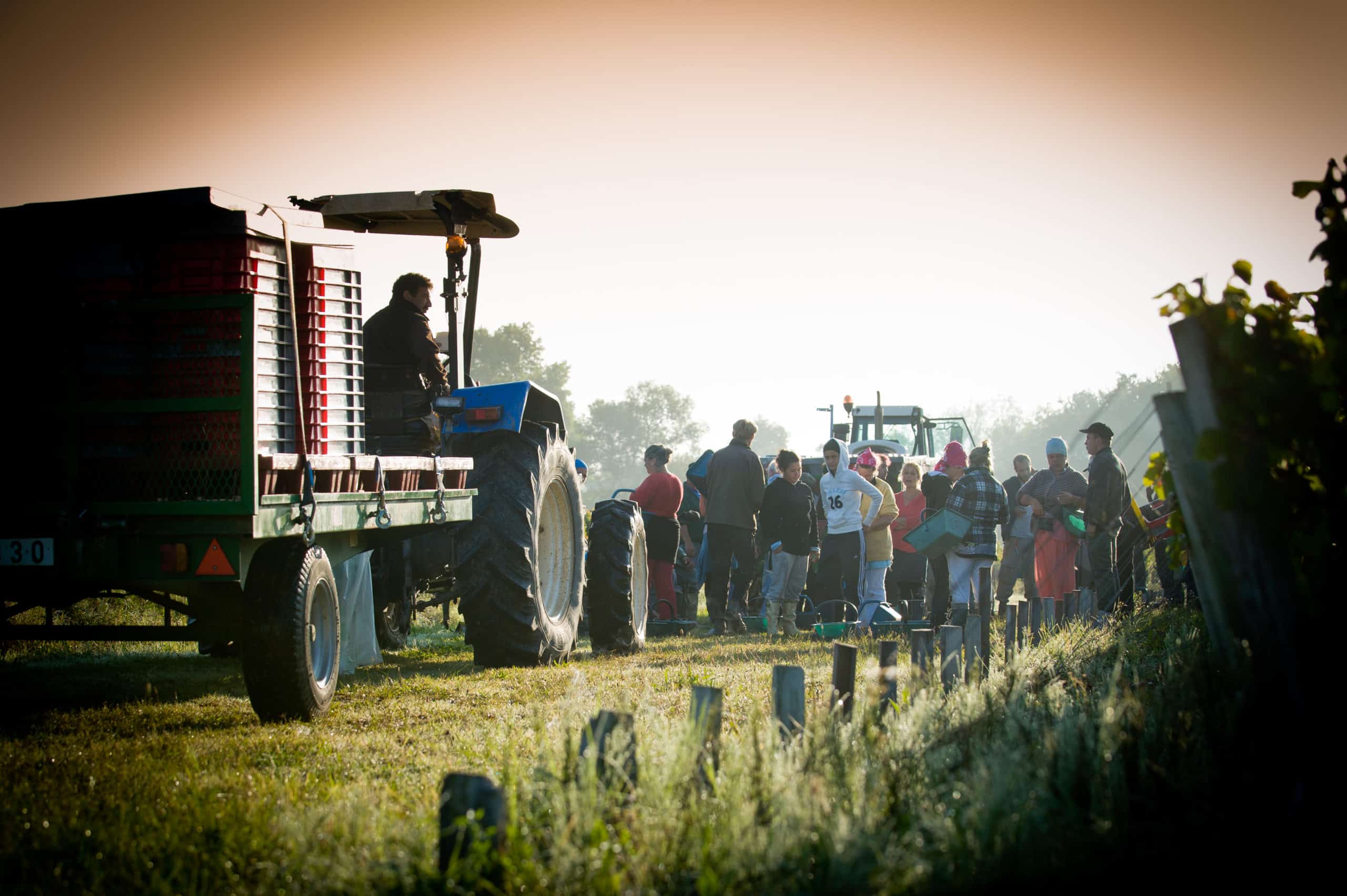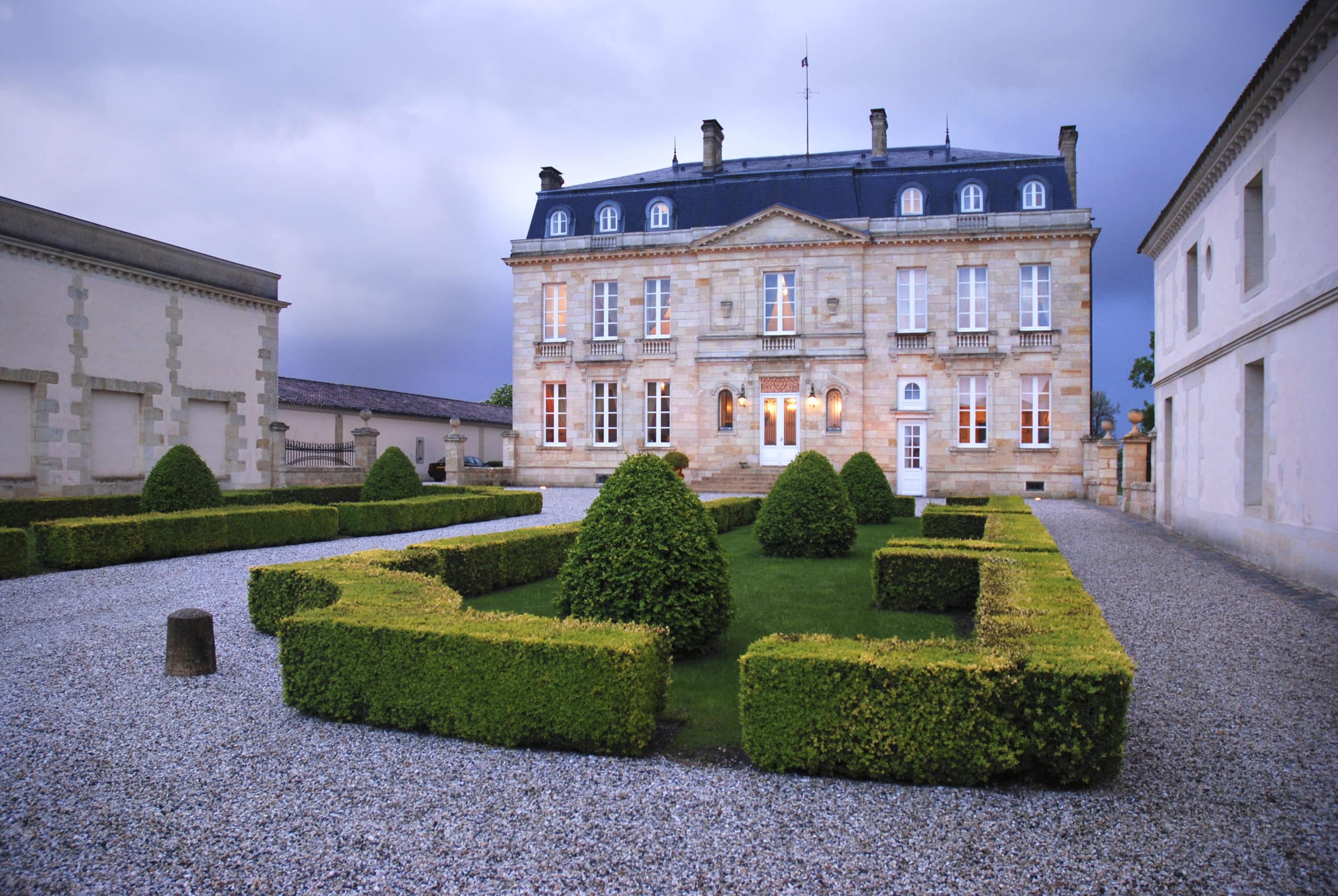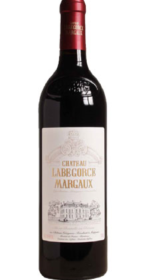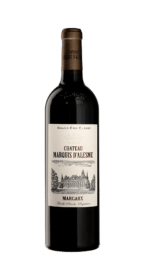Zédé De Labégorce
WHY BUY IT ?
- A great Margaux second wine with the Labegorce signature
- The reunification of the domain plots initiated a few years back has clearly stepped up the quality of this wine
- Sustainable viticulture
History
From ‘the thorny shrub’ that the etymology of «gorsse» proffers to the splendid vineyards of Labégorce today, generationsof lords and farmers have succeeded in shaping the identity of the estate. A vision was also needed, an intuition thatreveals the great potential of a territory through the ambition that the vision carries. Hubert Perrodo’s great vision in1989 centred on the tradition of those who had loved this land over the centuries. Therefore, more than two hundredyears after the division of the property in three parts (Labégorce Margaux, Labégorce Zédé and L’abbé Gorsse de Gorsse),he has overcome the crazy challenge of putting them back together. Today his daughter Nathalie Perrodo Samani isresponsible for the estate on behalf of her family.
Terroir
The vineyard of Château Labégorce consists of 62.5 hectares of vines on the Margaux AOC and 4.5 hectares in Haut-Medoc of 30 years age on average. The Terroir is composed of 70 % gravelly-sandy and 30 % silty-sandy soils. There, the grape variety is 50% Cabernet Sauvignon, 45% Merlot, 3% Cabernet Franc and 2% Petit Verdot.
The farming practices are environmentally friendly, in line with the principles of organic and biodynamic farming, without the use of herbicides or pesticides of course. Therefore, the viticulture is based on the preservation of the surrounding biodiversity, taking into account the landscapes and also the search for a natural balance.
Winemaking
During the tillage, the focus is put on in maintaining soil life. Plant covers and mulch are installed on certain plots. The pruning is made in Double guyot, reasoned for each vine,with a particular care brought to the ventilation and the spread of branches. Canopy management consists of shoot thinning, desuckering, de-leafing, green harvesting.
Then, the harvest is manual and per plot. Then it is sorted in the vineyard and in the cellar. Afterwards, the vinification is made in temperature-controlled concrete vats. Eventually, the wine is then aged in barrels for around 12 months, 30% in new barrels.
The Team
Owner: Nathalie PERRODO-SAMANI
Executive Director: Marjolaine MAURICE-DE-CONINCK
Consultant Oenologist: Claude GROS

